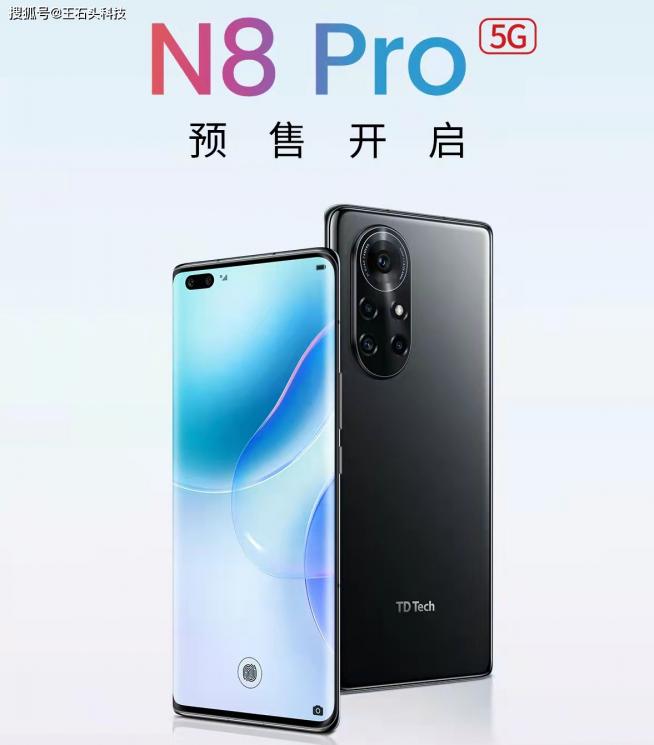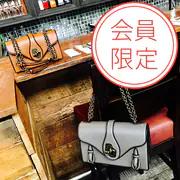Sanctions Huawei smartphone busine...
29
04
Sanctions Huawei smartphone business, will it be revived by a rainy day "forbidden hand"? The shadow of a famous European company is also his smile !!
Such a solution ant?
Huawei, a Chinese maker in crisis, has been hit hard by the US sanctions embargo on its smartphone business.
In November, there was information that Huawei would license some smartphone designs to other companies. Huawei did not answer about this.
According to an interview with China's AI financial company, Huawei's area franchisor has admitted that it has provided licenses to other companies, and Huawei is trying to revive the smartphone business with a new model, and some brands It was revealed that the alliance with is under negotiation. In addition, Huawei has another measure to revive the 5G smartphone business.
Index
"Chisei" series that sells smartphones under other companies' brand names
With the fourth sanction, Huawei's smartphone business has fallen to the "bottom". In Q1 2021, Huawei's smartphone shipments fell to the third place in China, and global shipments dropped out of the top five.
According to the franchisor mentioned above, Huawei's new business model is "Chisei" (If you dare to put it in horizontal letters, you can see it by looking at it, but it feels like "smart selection". This is a model jointly developed by Huawei and its business partners, and is said to have adopted Huawei's ID design and quality control standards.
At the moment, Huawei is releasing "Chisei" models one after another, and if you select "Chisei smartphone" in the product column at the Keito (EC major) directly managed flagship store of Huawei smartphone, "U-MAGIC" "wheat 芒" Smartphones such as "Huawei" and "NZONE" are on sale, and are brand collaboration products of China's three major telecommunications carriers and TCL, a major consumer electronics company.
The SUV car Seres SF5 is also "Huawei"
Chip supply is in the name of the collaboration destination
The characteristics of these "Huawei Chisen" smartphone products are that they are in the shape of Huawei, contrary to the "pasting machine (a model in which the brand logo is simply affixed to an outsourced product)" that was popular in the Chinese market. Although it is a smartphone, it does not have the "Huawei" logo.

"The" Chisen "collaboration destination can procure smartphone chips from outside," said the franchisor. "With this, Huawei engineers are already redesigning smartphone circuits designed for Huawei (a chip maker under Huawei) for Qualcomm and MediaTek."
Due to the specifications of the smartphone mentioned above, Huawei Kirin 5G chip is not installed, but MediaTek and Qualcomm 5G chips are installed, and 5G function is realized.
At the moment, Huawei has set up a display corner for "Chisei" smartphones at a large number of physical stores, and it is said that it is the main product for sale. "But without Huawei's chips, Huawei's brand power is undeniably declining, and the sales volume of" Chisen "smartphones is not progressing," said the franchisor. For example, when a clerk recommended a Huawei smartphone to a customer who came to buy a Huawei smartphone and sold it, the customer noticed that it was not a "Huawei brand" and returned it.
Siemens and Huawei joint-stock company "Ding Bridge"
Other than "Chisei", it is said that "Ding Bridge N8 Pro" is a smartphone equipped with Huawei's 5G chip. This is the first example of installing Kirin on a collaboration destination smartphone, and adopts Kirin 985 5G SoC.
The question is, "Who is Dinghashi?", But he said that he is an information and communication maker that manufactures terminals such as security cameras in addition to the communication network, and has a deep relationship with Huawei. The company was established in 2005 by Siemens and Huawei in Germany for the purpose of developing TD-SCDMA technology and related products in the 3G era. It is capitalized at 100 million dollars, with a holding ratio of 51% for Siemens and 49% for Huawei.
I feel that the "security equipment" industry and smartphones are certainly connected. It seems that there was a talk about the necessity of updating mobile terminals when AI Finance and Economics Company interviewed the security equipment exhibition.
According to the company, conventional mobile terminals are large in volume, heavy in weight, and have low functions and performance, and there is a problem that they cannot meet the needs of building a platform for the rapidly developing smart mobile industry. In addition, it lacks the ability to customize. It has not kept up with the needs of many business situations such as corresponding data search, data collection, and real-time operation, and due to the limitation of an independent system, workers carry multiple terminals such as personal smartphones and business smartphones at the same time. It is said that there are many inconveniences such as having to do it.
Looking at these problems, Dinghashi extended his tentacles to terminals customized for a specific industry, adopted Huawei smartphones, TDOS systems (Dinghashi's mobile business OS), and in-house developed apps, double OS, safety and customization. With this as an appealing point, we have decided to aim for shipments of more than 100,000 smartphones every year.
Will you sell the nova series license to China Post manufacturers?
Huawei is considering licensing the design of nova to China Post Telegraph and Electronics Co., Ltd. (PTAC), according to a person in charge of government procurement in China. PTAC is a China Post affiliate, the same as Huawei's former Huawei agency.
The franchisor mentioned above says, "China Post's sales model can cover more users, such as in small cities." "However, it is premised on having product power."
The brand itself, nova, imitates the women's market target route adopted during the development of OPPO and vivo, and the brand's positioning is clear. Huawei analyzes the success of OPPO and vivo as being ingenuity in "design," "sales," and "real store sales channels," and has followed this. Who the nova will ultimately belong to depends on Huawei's strategic adjustments.
summary
Huawei brand smartphones have rapidly disappeared from the market due to sanctions by the US government, but the solution is too easy: "If you sell under the label of a telecommunications carrier, you can use Qualcomm or MediaTek smartphone chips." Certainly, Qualcomm and MediaTek definitely want to sell it, so unless the US government complains, it's a good excuse.
A model equipped with a Kirin chip is also introduced from a joint-stock company of Huawei and Siemens. It seems that nova is also being considered to sell with the license.
However, even though the brand power of the high-end model has been established, the fact that the "Huawei" and "Huawei" logos cannot be attached is a dull place. Is it a painstaking measure whose main purpose is to inherit and develop development and manufacturing technologies?








